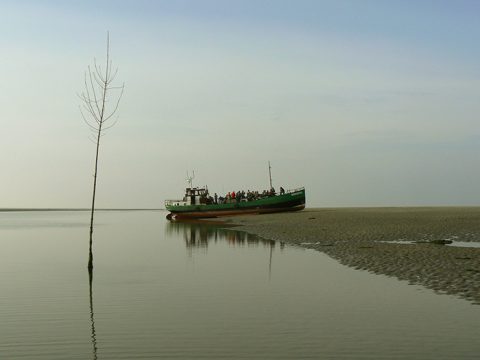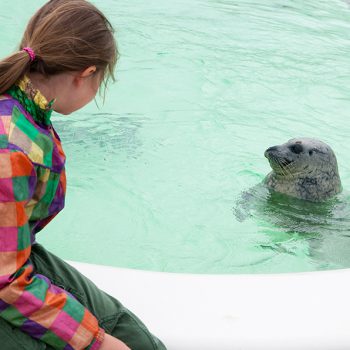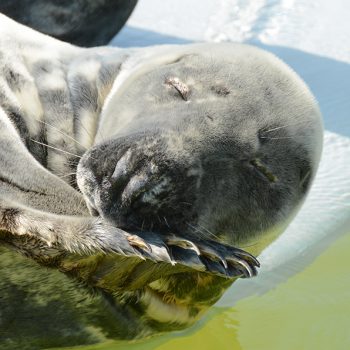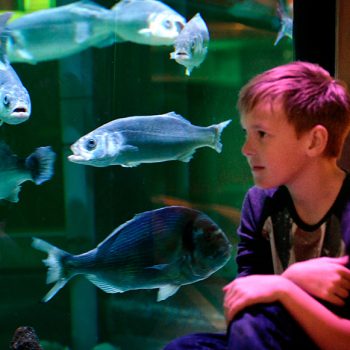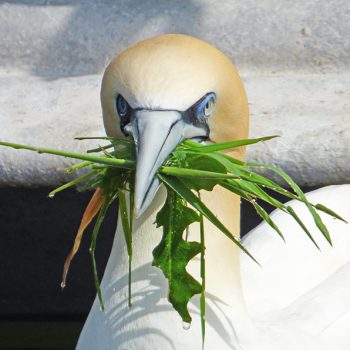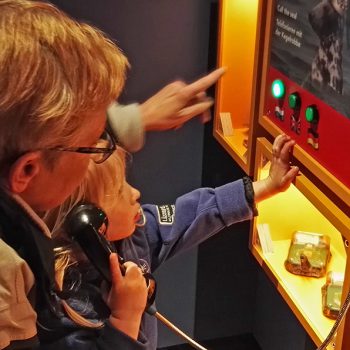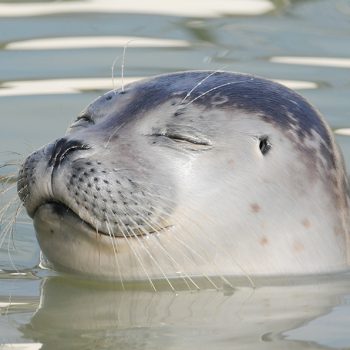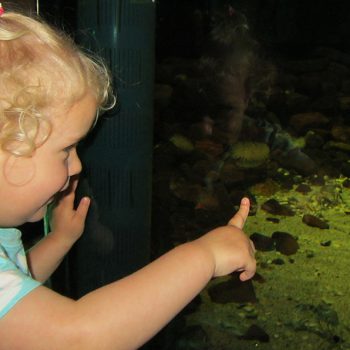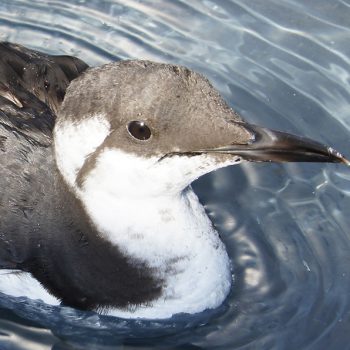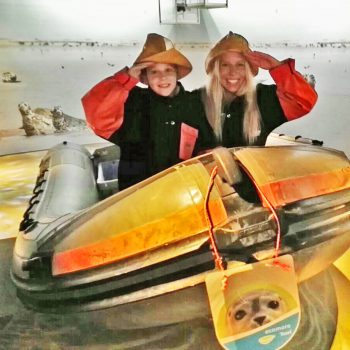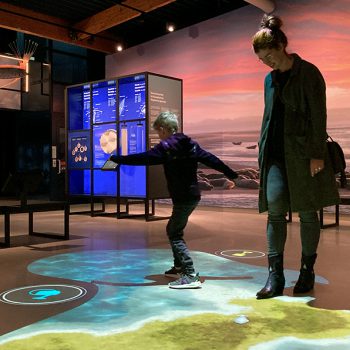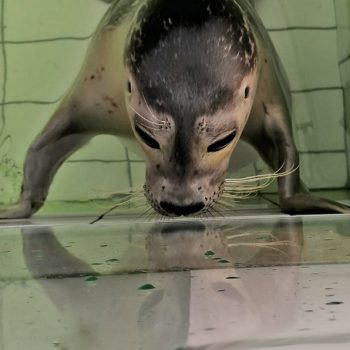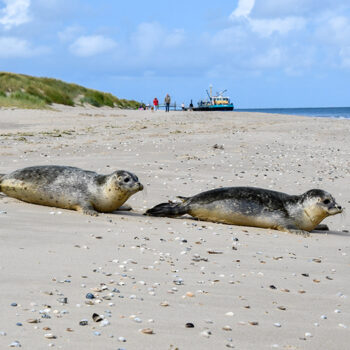In 2009, a large part of the international Wadden Sea was designated as World Heritage. Since June 2014, the entire international Wadden Sea, from Den Helder to Esbjerg in Denmark, became World Heritage. This underlines the fact that the area has such major natural values for the world that it deserves this special recognition. The long coastal zone characterized by so much variation and dynamics is unique in the world. Incidentally, the land on the inside of the dikes on the Wadden Islands and mainland coast falls outside of the World Heritage area. The Wadden Sea is in good company: the Great Barrier Reef in Australia and the Grand Canyon in the United States are also on the list of World Heritage.
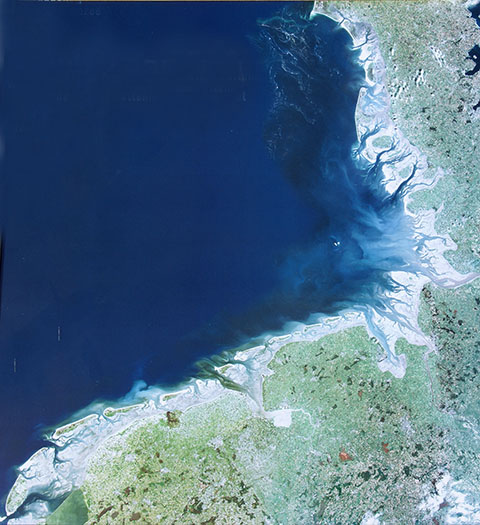
How does something become World Heritage?
To be added to the list of World Heritage, the area must be complete, protected and meet a minimum of one of UNESCO’s selection criteria. There must already be protective measures. When an area meets all three of these conditions, it is granted an Outstanding Universal Value and can be registered as World Heritage. There are two categories of World Heritage: cultural and natural. The Wadden Sea is a natural World Heritage. Of the ten selection criteria, four are related to natural areas.
- Geological processes: the heritage is an example of important steps in the history of the earth
- Dynamic and adaption: the heritage represents continual ecological and biological processes
- Biological diversity: the heritage houses one of the most important hotspots of biodiversity in the world
- The heritage is an area with exceptional natural beauty.
The Wadden Sea meets three of the four criteria, namely 1, 2 and 3.
Geological processes in the Wadden Sea
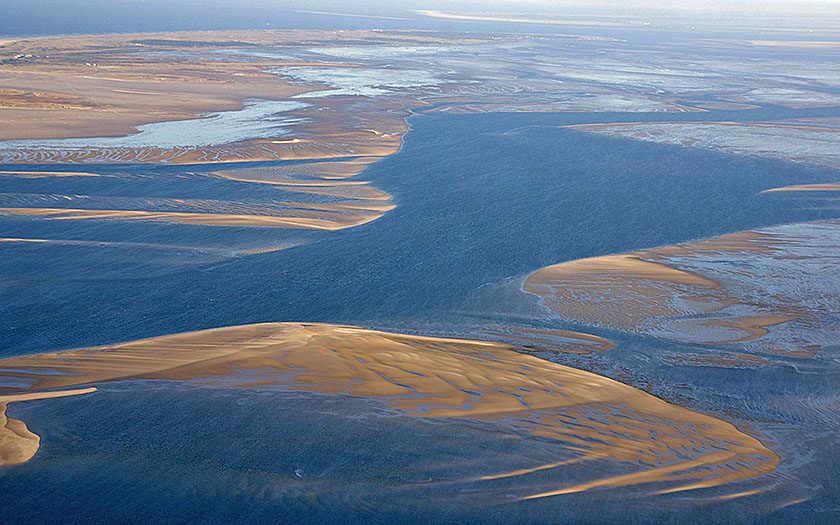
In the Wadden Sea, it is clearly visible how nature and landscape evolve. The forces that have and continue to form the area, wind, water and tides ensure that the mud flats change day after day. Sandbanks expand and decline. Channels change course and seawater floods the marshes. These highly dynamic natural processes make the wadden region special.
Dynamics and adaption in the Wadden Sea
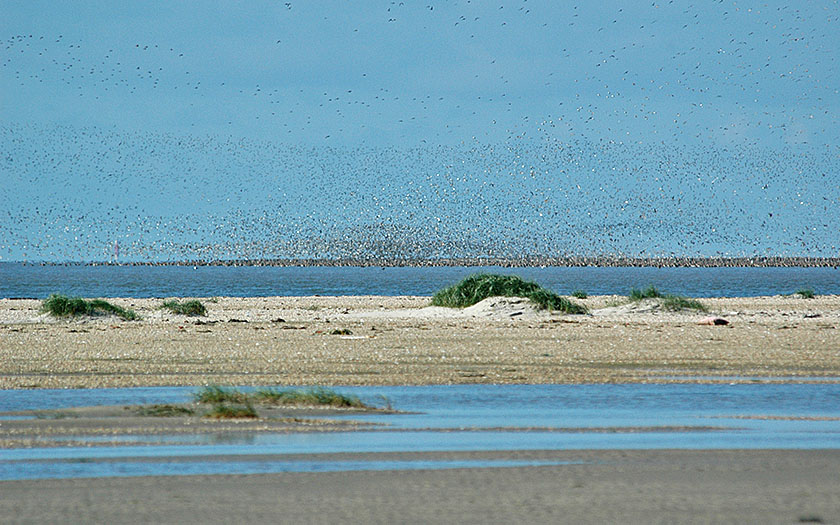
The Wadden Sea is a very dynamic area. The landforms are constantly changing. Animals and plants must survive in these extreme conditions, such as ebb and flood, warm and cold and fresh and salt water. The adaptation of flora and fauna to the environment is unique. It creates a special interaction between animal, plant and landscape.
For example, a channel can follow a certain course, but that can change. In a few weeks, months or years, it can follow a very different course. Benthic animals and plankton live in and on the banks and flats bordering the channel. When the channel changes course, these landforms follow and life in and on the banks must also follow. Sometimes it takes a while before the animals are resettled. In this way, banks disappear and new ones are formed, with mussels, oysters, tubeworms, cockles and all the other life.
Biological diversity in the Wadden Sea
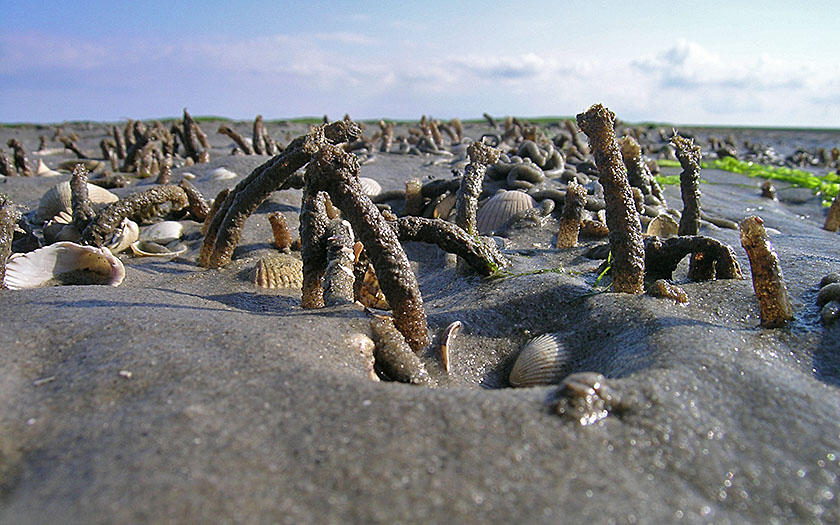
The entire Danish, German and Dutch wadden region with its surface area of 10,000 km2 forms the largest unbroken wetland on earth and is therefore unique in the world. In this area, more than 10,000 species of plants and animals can be found. Only those species that can adapt sufficiently are present in large numbers.
Long journey in becoming a World Heritage site
It has been a long journey to become World Heritage. The international significance of the Wadden Sea was first recognized in the 1960s. Since then, many years followed before its final designation as World Heritage.
- 1971: the signing of the RAMSAR convention and request to the Netherlands, Germany and Denmark to protect the Wadden Sea
- 1988: Niedersachsen application for World Heritage status for their National Park Wattenmeer. Advice IUCN: nominate the entire Wadden Sea.
- 1991: advice from 1988 adopted during Trilateral Ministers Conference
- 2005: fiat from Ministers Conference to write a nomination document
- 2008: nomination document ready (excluding Hamburg and Denmark)
- 2009: designation from UNESCO
- 2011: Hamburg was added
- January 2013: nomination document for Danish part submitted. In 2014, added to the World Heritage
More information about Wadden Sea World Heritage
- Click here for more about Wadden Sea World Heritage.
